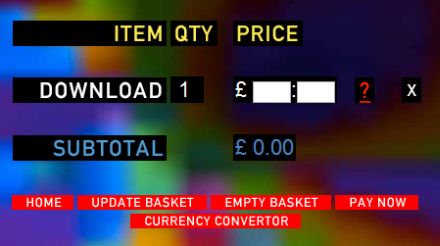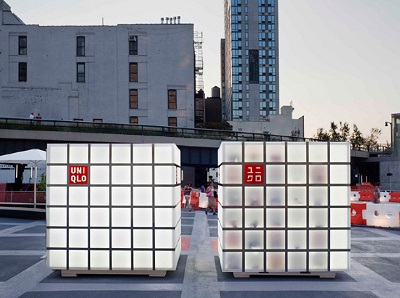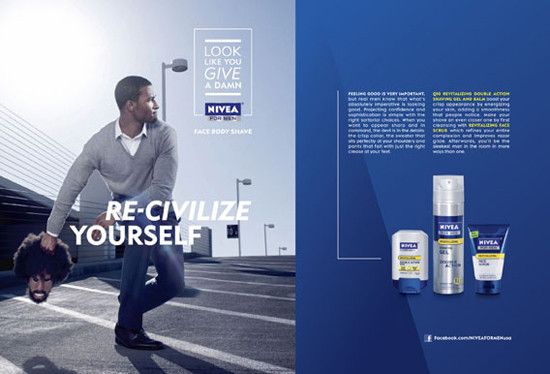Ads are everywhere and once in a while one catches the attention to the point of dissection and scrutiny. It can be it’s rewarding, but in other times there is seriously nothing deep to pull from a simple message. So, here are a few found from downtown San Jose that we’ll “poke” some knowledge out of right now.
Our first we run across is this giant poster at Bank West. It reads: “Out here, banker’s hours look a lot like your hours. Go West.” Right below this we see the main plot of the message: “Take advantage of our Online and Mobile Banking.” Essentially it’s a message selling on option of Online and Mobile Banking.

Who this advertisement speaks for is obvious. It’s the working mom or dad, the individual who is too busy to be wasting time visiting a bank, but needs to update and check their banking on the go. The underlying message is to show Bank West has got you covered when it comes to online banking. It’s a clever way of saying you can access and do transactions with your bank account at any time and anywhere.
The advertisement plays on some emotion and a lot from ethos as well. For one, the image of a father and son playing ball at the park is a family-friendly touch that plays on nostalgia and possibly at memories involving money, such as buying your son ice cream or some lovable memory like that. The credibility plays a large part in showing Bank West is a reliable bank with their “our hours are your hours,” showing a reputability for understanding what a hard-working and busy person one is every day.
The brand here then has a high value, especially if the online/mobile features are quick and responsive, because this is someone’s money, and one trusts their bank to have fast and easy access to that money.

Here’s another advertisement from Teleflora to poke at, and one that is wonderfully simple and effective. The brand’s message is to buy their Be Happy Bouquet seller, and if one buys this particular bouquet, it’s the equal amount of having sent a smile to someone’s home.
While one may consider the audience to be universal to this message, another moment’s thought would bring one to realize the purpose of the message is to send flowers to cheer someone up, and that you care. This particular message wouldn’t work with an audience who needs flowers for a funeral. Thinking a little harder, the message is largely dependent on a road of pathos. It plays on the emotion of the expectation of happiness or self-gratification if one buys flowers for someone. It is as simple as it gets, but it works.
The brand value could be considered relatively average. Picking flowers from Safeway would work fine for the occasion presented in this message, but this Teleflora add wants the viewer to know one could pick much better, articulated flowers with specific color choices to cater to the audience’s needs.
And there we have it; two advertisements picked apart to its essential parts. This is how effective advertisement could be, even if it is simple or obvious or relatable. So go out and see some ads for yourself, and consider how they pick up your attention.


